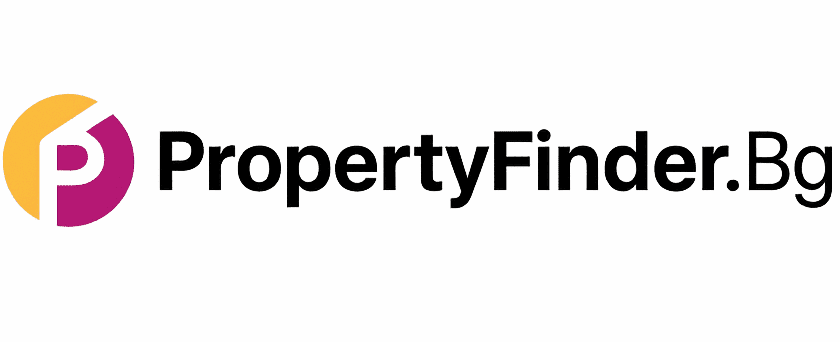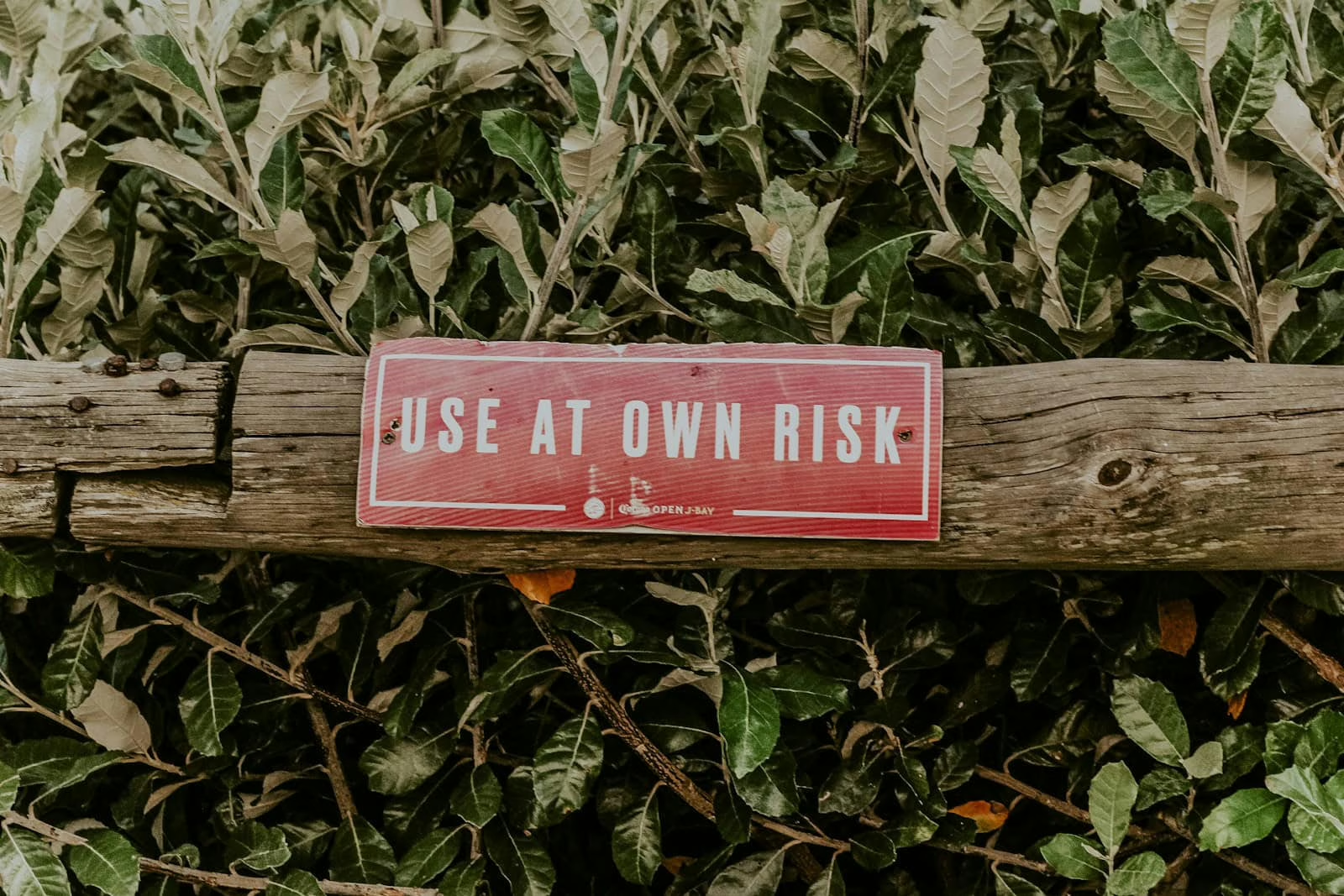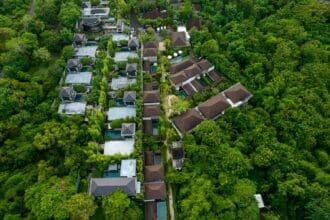Content
Introduction: what is property risk assessment and why is it important?
Investing in real estate requires thorough risk assessmentthat goes beyond simply finding a property at a good price. Successful investors understand that true value lies in the ability to anticipate and manage threats that remain invisible to most buyers. Currency fluctuations, political instability and sudden regulatory changes can turn a profitable deal into a loss. This guide will walk you through the three key pillars of risk – currency, political and geopolitical – so you can make informed and protected decisions.
1. Currency risk when assessing the risk of buying a property
Currency risk is the threat that changes in exchange rates pose to the value of your investment. It takes three main forms:
Transaction risk
This is the most direct risk. It arises in the period between the negotiation of the deal and its final payment.
- Example: you negotiate to buy an apartment in Dubai for AED 2,000,000 when the exchange rate is EUR 0.23 per dirham (price EUR 460,000). If the dirham appreciates to EUR 0.24 by the time you pay, you will have to pay EUR 480,000 – EUR 20,000 more than you had planned.
Translation risk
This risk affects investors who own properties through foreign subsidiaries. When a subsidiary’s financial statements are “translated” into the parent company’s currency, the value of assets and liabilities can change dramatically simply because of the exchange rate.
Economic risk
This is a long-term risk that affects the market value of your property due to macroeconomic changes caused by currency fluctuations.
- Example: you own a holiday property in Italy aimed at British tourists. If the British pound collapses against the euro, holidays in Italy become more expensive for Brits, demand for your property decreases and with it the potential income and market value.
How to protect ourselves? Hedging tools
Hedging is like insurance against adverse currency movements. The main instruments include:
- Forward contracts: you agree with a bank to buy a foreign currency at a predetermined rate at a future date, thus “locking in” the price.
- Currency swaps and options: More complex financial instruments that allow the exchange of currency flows or give the right (but not the obligation) to buy or sell a currency at a specific price.
- Diversification: owning property in countries with different currencies can naturally balance risk.
2. Political and regulatory risk: the rules of the game
Political stability and a predictable regulatory environment are the foundation of any secure property investment.
- USA: The market is heavily influenced by Federal Reserve policy on interest rates, tax cuts and local zoning laws.
- Germany: known for its stability, but also for its heavy bureaucracy and strong tenant protection. Rent control laws (“Mietpreisbremse”) and energy efficiency are key factors.
- Singapore: An example of a highly regulated market where the government actively uses “cooling measures” such as the Additional Buyers Stamp Duty (ABSD) to prevent speculative bubbles.
3. Geopolitical Risk: The Global Domino Effect
Wars, trade conflicts and international sanctions create uncertainty that causes investors to withdraw from markets, reducing liquidity. In such times, capital seeks “safe havens” – countries with political stability and strong economies, which can cause property prices there to soar.
Conclusion
Successful investment in property requires a comprehensive risk assessment. Before committing to a purchase, conduct a thorough analysis of not only the property, but also the currency, political and geopolitical environment. Use hedging tools and diversify your portfolio to be prepared for any market storms.
You might also like:
- Fires in Greece: what is the risk to your property and how to protect yourself?
- Wealth Tax in Spain vs. Italy: What Property Owners Need to Know in 2025
- Investment property vs. own home: what’s the difference and why is it important?
This post is also available in: Български







